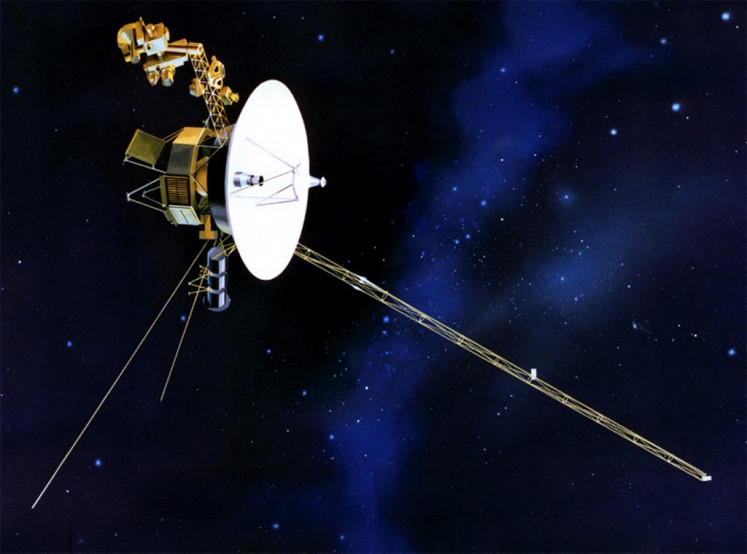Supermoon to light up sky beginning Monday morning
Change Size
 The moon rises beyond the Arch in St. Louis as seen from the Compton Hill Water Tower on Sunday, Nov. 13, 2016. Monday morning's supermoon will be the closet a full moon has been to the Earth since Jan. 26, 1948. (St. Louis Post-Dispatch via AP/David Carson)
The moon rises beyond the Arch in St. Louis as seen from the Compton Hill Water Tower on Sunday, Nov. 13, 2016. Monday morning's supermoon will be the closet a full moon has been to the Earth since Jan. 26, 1948. (St. Louis Post-Dispatch via AP/David Carson)
The brightest moon in almost 69 years will be lighting up the sky this week in a treat for star watchers around the globe.
The phenomenon known as the supermoon will reach its most luminescent in North America before dawn on Monday. It will reach its zenith in Asia and the South Pacific on Monday night. Across the international dateline in New Zealand, it will reach its brightest after midnight on Tuesday local time.
The moon orbits the Earth in an oval shape. The moon will be at its brightest this week because it is coming closer to the Earth along its elliptical orbit than at any time since January 1948. The supermoon will also bring stronger than usual high tides, followed by plunging low tides the next morning.
Viewers can expect to see a moon about 14 percent larger in diameter and about 30 percent brighter than when it's at its furthest from the earth. It won't be as big and bright again for another 18 years.
(Read also: Stargazers ready for rare event in supermoon eclipse)
NASA says its closest approach will occur at 6:21 a.m. EST (1121 GMT) Monday when the moon comes within 221,523 miles (356,508 kilometers). That's from the center of the Earth to the center of the moon. Full moon will occur at 8:52 a.m. EST (1352 GMT).
According to the astronomy website earthsky.org, the term supermoon entered usage five years ago when the closest full moon fell on March 19, 2011. The scientific term is perigee full moon.
In 2034, the moon will come even closer, within 221,485 miles. That, too, will be a supermoon.









